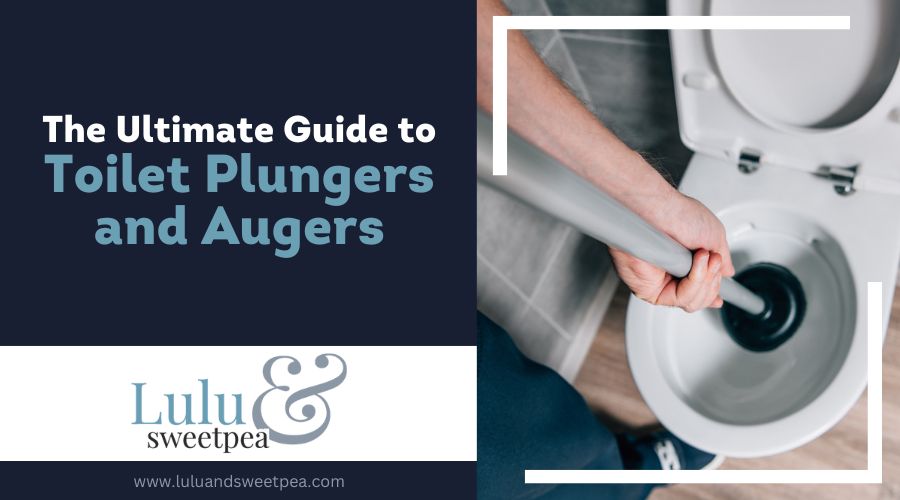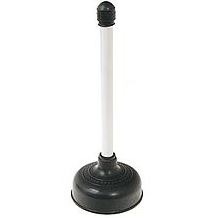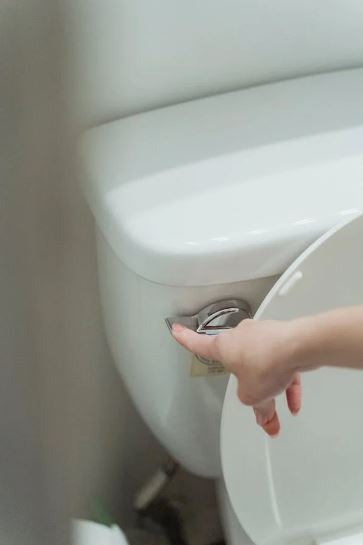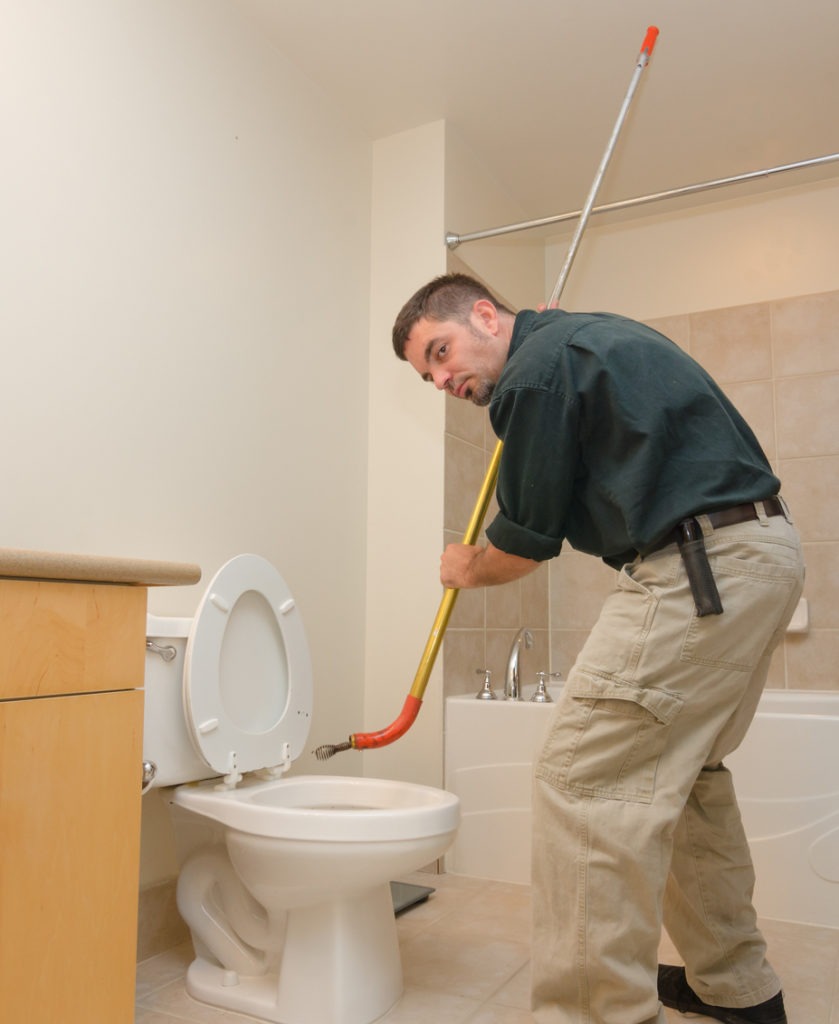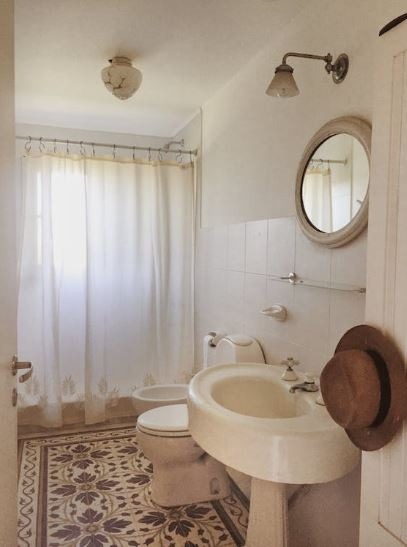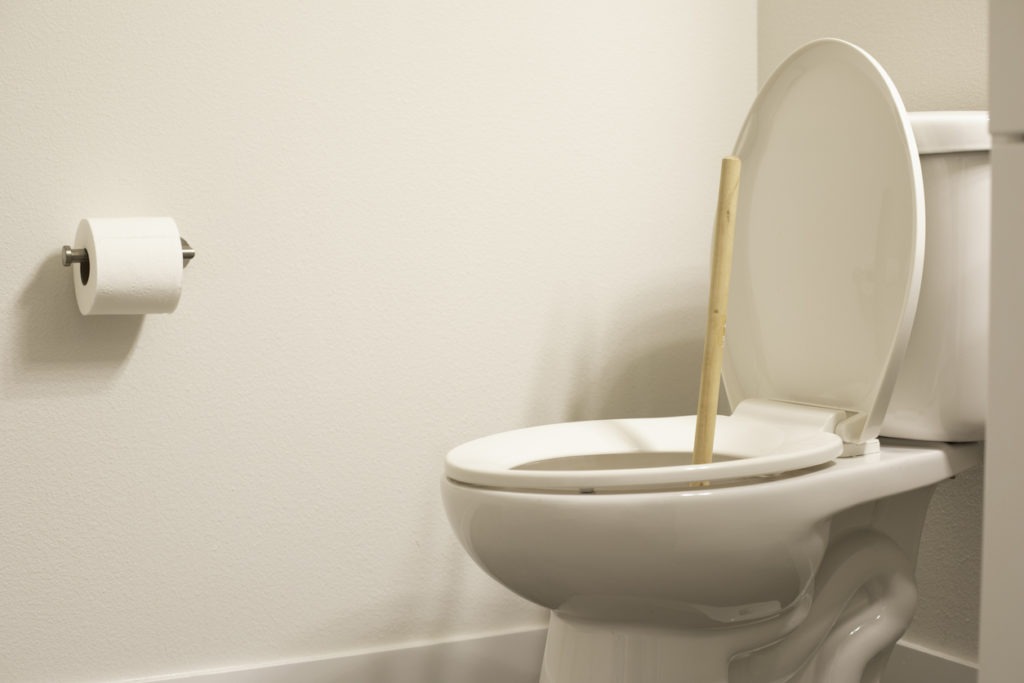There are numerous duties involved in home maintenance, some of which you may not particularly enjoy performing. This category includes unclogging the toilet. In the future, a clogged toilet can create overflow, flooding, unpleasant odors, and drainage issues. Therefore, this is an issue that must be addressed immediately. Using toilet plungers and augers could be one method for accomplishing this.
What is a Toilet Plunger?
A plunger is also referred to as a force cup, a plumber’s pal, and a plumber’s assistant. It is a device used to clean clogs from drains and pipes. Plungers typically consist of a rubber suction cup and a wooden or plastic handle or shaft.
The cup of a toilet plunger resembles a tapered half-ball with a huge hole at the bottom. Water in the pipe is more effective than air because water does not compress and can convey more of the applied force than air. In the event that a toilet plunger is ineffective, a plumber’s snake or drain snake will be employed.
A plunger for the toilet is also known as a flange plunger. Its flange fits snugly into the toilet bowl’s opening for a secure seal. However, the flange can also be folded inside the cup for usage on sinks and bathtubs. Cup plungers are also sold in stores; however, they are more useful for clearing sinks than toilets.
How do Toilet Plungers Function?
If you have never used a toilet plunger before, here are the recommended steps to follow:
1. Pour water into the bowl of the toilet
When using a toilet plunger, you must ensure that there is sufficient water in the toilet bowl to immerse the plunger’s head. You need sufficient water to cover the plunger cup’s rim, but not its flange. If necessary, you may add water to the bowl.
2. Place the plunger correctly
You must ensure that the plunger’s flange is entirely extracted from the cup. Then, lower the plunger into the bowl at an angle that will allow the cup to fill with the maximum amount of water. Avoid going straight down, as this might trap a great deal of air and compress it more than water, so diminishing the energy of the dive. Then, position the cup over the toilet’s drain hole and insert the flange into the hole. The cup should entirely seal around the hole’s perimeter.
3. Work the plunger with vigor
After setting the plunger, grasp the handle with both hands and strongly press down on the cup. Pull it back up without breaking the seal surrounding the hole after pushing. Five to six repetitions of the push-pull motion are possible. Then, remove the cup from the opening. As necessary, repeat the plunging motions until the bowl empties on its own.
4. Flush the toilet
After plunging the toilet, attempt to flush it. If it flushes normally, the problem has been resolved. Before proceeding, remove the tank cover from the toilet and locate the round rubber trap door or flapper in the tank’s middle. This is the water shutoff in case the toilet remains clogged. When the problem has been resolved, you can replace the tank’s lid. Nonetheless, if your toilet remains clogged, you can reach into the tank and push the flapper down over the opening to stop the water flow and prevent overflowing. When the toilet stops refilling, you can resume plunging until the clog is cleared.
Toilet Plunger vs. Cup Plunger
Not all plungers are the same! What then is the difference? Technically known as a flange plunger, the toilet plunger has a longer handle and a soft, smaller cup (known as a flange) that extends down the plunger’s bottom end. Because a toilet drain is not level on a surface, the flange is designed to fit within the odd angle of a conventional toilet drain, so creating a more efficient seal. This permits the user to exert more force on the obstruction.
Sink plungers, also known as cup plungers, are ideal for use on flat surfaces such as sinks and bathtubs. Since the surface is flat, a flange is not required. Instead, the flat cup creates a vacuum over the drain in order to dislodge the obstruction.
What is a Toilet Auger?
Also known as a toilet snake, plumbing snake, water closet auger, and plumbing auger. This device is utilized to unclog toilets and drains. This device is equipped with an auger bit and a crank handle. Its middle component is a piece of long, often metallic, flexible material.
If a plunger fails to unclog your toilet bowl, you can use a toilet auger. Typically, it is utilized in drains with clogs. It can be a buildup of toilet paper, a foreign object, or a hygienic product. It can also be used if chemical drain unclogging fluids did not work or if you do not wish to use chemicals after plunging the toilet. Many individuals use a toilet auger to unclog their toilets instead of paying a plumber or drain cleaning service. It will save you both time and money.
The flexible shaft of a toilet auger is fed through the U-bend and into the drain to detect the obstruction. It features a crank handle for operating the auger bit, allowing you to quickly and simply remove the obstruction. The majority of them have sufficient cable length to reach the trap configuration in the porcelain body of the bowl, where the majority of clogs occur. There are also some that can extend past this point and reach the main dirt bag. However, the majority of toilet augers cannot reach the main sewer line.
Toilet Auger vs. Snake
The toilet auger, also known as a plumbing snake or a water closet auger, is typically more durable than drain snakes. In addition, they often include specific bowl protectors to protect your porcelain deity. The coil wraps its way down the clogged toilet drain until it reaches the impediment using a manual crank. The closed spear tip then seeks to make its way through the obstruction, breaking it up and forcing it through the sewage system as usual.
Drain snakes, also known as top snakes or drum snakes, are designed for sink and tub drains. These may be manual or motorized, but regardless, while having a longer coil, they are often lighter than a toilet auger. When the coil reaches the blockage, the significant distinction between snakes and augers becomes apparent. Instead of dismantling the obstruction, the snake uses its open hook tip to catch it and drag it back through the entrance.
Can you therefore snake a toilet? You run the danger of damaging the bowl and clogging the drain if you do so in a pinch.
A Guide to Using a Toilet Auger
- Insert the auger’s cable into the toilet bowl so that the curved portion faces the drainpipe. Leave a 5-inch buffer of cable between the drainpipe and the auger handle.
- With one hand, grasp the shaft of the toilet auger and slowly turn the auger clockwise to begin feeding the cable down the toilet drain with care.
- When you sense resistance, the cable has reached the obstruction. Cease rotating the auger.
- Apply pressure to advance the auger in an effort to break up or dislodge the obstruction.
- The absence of resistance shows that the obstruction has been removed. Then, gradually raise the cable.
- After completely removing the cable from the toilet drain, flush the toilet to verify if the clog was effectively broken up.
- Repeat the method if the toilet is still not draining properly. Some obstructions take numerous removal attempts.
Toilet Auger vs. Toilet Plunger
The first step to take when a toilet becomes clogged is to use a plunger. This device is similar to a typical cup-style plunger used on an ordinary sink, tub, or shower drain, but it features a middle flange that allows you to seal the plunger against the drain opening in the toilet. Frequently, this tool alone will clear whatever obstruction is causing the issue. However, it works best on clogs discovered in the toilet’s built-in trap and not so well on those found in the branch drain leading to the main dirt stack.
To gain access to the piping for major blockages that extend beyond the toilet, the toilet must be raised.
Toilet Auger
|
Toilet Plunger
|
In conclusion
Problems such as clogged toilets and backed-up drains may be easily resolved without the assistance of a professional. However, it is essential to ensure that you have the proper tools to address these issues. When a plunger is insufficient to unclog a toilet, the next choice is a toilet auger, also known as a closet auger. The toilet auger, like a typical drain snake, features a cable with a rotating handle. However, this tool is expressly intended for toilets, with a hollow tube attached to an elbow fitting and a rubber sleeve that prevents scratches to the toilet bowl.
